According to some video conferencing statistics, it is possible that half of today’s population think video conferencing originated during the lockdown. Many even attested to having never tried it out until then. In a survey about business owners, about 30% of the respondents claimed they had never used video conferencing for their business.
However, the history of video conferencing dates as far back as the 1930s. After several improvements, the industry has produced high-tech software like Zoom, Microsoft Teams, Skype, Slack, etc. Now, businesses can leverage these apps for more productivity. Here's every statistic you need to know about the video conferencing market.
Key Video Conferencing Stats
- About 80% of employees state that work-from-home arrangement, supported by video conferencing tools, has boosted their work satisfaction.
- 90% of employees find it more comfortable to communicate with each other via video.
- Laptops, cell phones, and computers with high-end cameras, microphones, and speakers contribute to video conferencing expansion. The hardware component had the highest share with 47% in video web conferencing statistics 2020.
- Almost 9 in 10 employees say that video conferences lessen the time it takes to finish their tasks, leading to operational savings.
- 83% of organizations with over 250 employees are likely to buy video calling platforms.
General Video Conferencing Statistics
1. As of 2021, Zoom was the most widely used video conferencing tool globally.
(Trust Radius)
Zoom had been in existence before 2020. However, it only became more popular during the 2020 COVID 19 lockdown. Its popularity did not end with the lockdown. In 2021, video conferencing software dominated about 50% of the industry.
2. During the first two months of the 2020 lockdown, the video conferencing industry saw a 500% increase.
(Trust Radius)
The Covid-19 pandemic may have brought video conferencing software to the spotlight. Before then, people didn’t need to have a meeting online. The only reason organizations used it then was to communicate with clients or employees that were far away.
However, the narrative changed in 2020, when the world got hit by the deadly COVID 19 pandemic. Organizations began to employ video conferencing tools to reach out to their employees within the state. And within the first two months, the market increased by 500%.
3. Come 2026, the video conferencing market will be worth more than $50 billion.
(Global Market Insights)
The use of video conferencing tools may have been reduced after the lockdown was eased. But this reduction is very insignificant. From this statistic by Global Market Insights, it is evident that the video conferencing market is here to stay.
4. In one survey, 79% of respondents rate video conferencing equal to physical meetings
(Owl Labs)
79% of workers agree that video conferencing is as effective as physical meetings. Some of them even claim it’s more productive. With the emergence of newer and more advanced video conferencing tools, work has become more accessible. Team meetings no longer have to be held in the office space. Quick decision meetings can also be held comfortably during weekends. Considering its productivity, more organizations will keep joining the train.
5. In 2023, 90% of North American businesses will invest more in video conferencing software.
(Vox)
This statistic is not surprising as some of the world's giant organizations are in North America. During the lockdown, the first to maximize it were these prominent organizations. Although this was not easy considering their size, it saved them from significant losses.
Companies like Apple, Amazon, Microsoft, and META were the first to use these video conferencing tools. More companies in North America later followed their steps, and more are still adopting these tools.
6. 36.2 million Americans will be working remotely by 2025
(Upwork)
The rise of video conferencing software has opened a world of infinite possibilities. Although remote working has always been a thing, nobody considered it would ever take over on-site jobs. Statistics from Upwork predicts that 36.2 million Americans will be working remotely by 2025.
Before the pandemic, the number of remote workers was 87% lower than it is now. And by 2025, remote work will have taken over the entire workspace.
7. In 2020, 76% of surveyed startup founders said their company became more productive while working online.
(Kung Group)
This is all thanks to video conferencing tools. It would have been very difficult or impossible for any organization to work remotely without these tools. Many businesses took a big blow during the lockdown. However, startups that were wise enough to relocate online were able to cut down their losses.
8. 31% of international business people said they'd travel less after the lockdown in a survey.
(Oliver Wyman)
International businessmen claim that teleconferencing was of great help to them during the lockdown. They didn’t have to travel to complete business transactions. About 31% have also said they’d want it to stay that way even after the lockdown was eased.
9. 30% of organizations say they never tried video conferencing until the lockdown
(Twilio)
In one survey, 30% of organizations claimed they had never incorporated video conferencing into their businesses before the lockdown. However, they were forced to adopt the technology due to the circumstances. Video conferencing tools weren’t very popular as well before the pandemic. Only a small percentage of the world knew about its potential.
10. 86% of companies now conduct interviews online
(Gartner)
Many organizations now use video conferencing tools for employee interviews. This practice became popular when companies tried to recruit tech employees during the COVID-19 pandemic. From this statistic, it’s obvious the practice of using video conferencing for interviews has come to stay.
11. As of 2021, North America had the highest video conferencing market share.
(Grandview Research)
This is no surprise since North America houses some of the world's biggest tech companies. Apple, Microsoft, and META are only a few of the giant tech corporations in the country. This is why the country contributes an enormous 39% of the industry. Well, this could change if tech companies elsewhere make a ground-breaking impact. But that doesn't seem like anytime soon.
12. 46% of employees said they’ll leave their jobs if it discontinues remote work
(Owl Labs)
Employees expressed their love for remote work in a survey during the 2020 COVID 19 lockdown. A whopping 46% said they'd resign if their companies stopped letting them work from home. They enjoy the ease of working through video conferencing and prefer it to stay that way.
13. In 2020, Twitter, Facebook, and Shopify moved their organization online permanently.
(Trust Radius)
At the time, there was so much buzz surrounding this. People wondered how these giant CPaaS organizations were able to do it. However, the benefits of remote working outweigh the losses, especially with the right video conferencing tools.
14. 67% of organizations claimed they would invest more in video conferencing in 2021
(Trust Radius)
Statistics from Trust Radius show that 67% of organizations claimed they would invest more in video conferencing in 2021. The COVID 19 pandemic in 2020 saw the birth of video conferencing platforms. However, 2021 saw a tremendous rise in the use of this software.
Developers recorded a huge number of downloads and meeting times. Businesses saw more productivity in their everyday work. Video conferencing is still on the rise as we speak.
Video Conferencing Software Statistics
15. The Communication Platform as a Service (CPaaS) market is expected to be worth $17.3 million by 2023
(IDC)
If you didn’t know before, the video conferencing market is only a fraction of a much bigger market. This is the Communication Platform as a Service Market (CPaaS). Other parts of this market are Social Media Messaging, Text Messaging, Outbound Voice Calls, etc. As the video conferencing market grows, the CPaaS market is bound to keep growing as well.
16. In March 2020 alone, the market recorded a total of 62 million video conferencing software downloads.
(Research and Markets)
If you remember, March 2020 was the highlight of the pandemic. The lockdown had been effected in almost every country in the world. And its effects had started to take a toll on many businesses across the globe.
Apart from this, students had to vacate the school premises, and religious centers had to close down. Everyone began to look up to the online space for saving. And it kept them using the video conferencing software.
17. FNF predicts that by 2027, the video conferencing market will be worth $9.2 billion
(FNF Research)
While this is different from what Global Market Insights predicts, they both point to one thing. The video conferencing market will get bigger in years to come. Businesses, investors, and shareholders will pull their resources into it. After all, being a part of the revolution is a style common to the rich.
18. As the download of video conferencing apps increased, enterprise mobile apps also increased.
(Computer World)
The rise of video conferencing apps led to increased demand for several related apps. At the time, many organizations had discovered there were advanced video tools that could aid their remote work. The next in line was to purchase enterprise mobile apps for the smooth running of the whole process.
19. In 2020, the number of zoom downloads on iPhones increased 30 times the previous year.
(Medium)
Zoom is one of the video conferencing software that became most used during the lockdown. Its number of iPhone users alone increased by 30 times the number in 2019. Apart from this, it was also the top free mobile application for iPhones. This made downloads easier and open to every user.
20. In 2020, Microsoft Teams users increased to 17 million
(India Times)
Zoom wasn’t the only video conferencing platform that benefited from the lockdown. Microsoft Teams, the video conferencing app by Microsoft, also saw an increase in its users. The number rose to 17 million active users in that year alone. As of now, the number of Microsoft Teams users has gone way higher than that. The lockdown was a blessing in disguise for these companies.
21. Since 2020, Google has also seen a 30 times increase in the daily users of its video conferencing app.
(India Times)
We've seen improvements in the use of Zoom and Microsoft Teams. You must have been wondering how well the Tech giant performed. Ever since the beginning of the 2020 lockdown, Google Meet has been growing. Every day, an average of 3 million users sign up on Google Meet. Besides, 3 billion minutes of video meetings are held on the platform each day.
22. Zoom is the best video meeting app for teams
(Owl Labs)
This is not surprising at all. Over the past few years, Zoom has ranked number one on many reviews, lists, and surveys. It appears organizations enjoy video conferencing software more than others. According to Owl Labs, Skype is the second best. Slack and BigBlueButton follow this in third and fourth place, respectively.
Other video conferencing tools that have ranked well are Lifesize, Cisco WebEx, and GoToMeeting.
23. In 2020, Zoom was the most downloaded video conferencing app worldwide.
(App Annie)
Since the pandemic, the rate of Zoom downloads has skyrocketed higher than the developers ever thought. In 2020 alone, it saw a 14 times increase in its American users. In France, it was downloaded 22 more times than it ever was. In the United Kingdom, it saw a 20 times increase. And the most remarkable growth was in Italy, where it recorded 55 times more downloads.
Benefits of Video Conferencing Software Statistics
24. 56% of executives say they will invest more in video conferencing
(PGI)
The birth of advanced technologies has made a lot of things easier. You can do almost anything from almost anywhere in the world. Well, this includes the business as well. The COVID-19 pandemic allowed many business executives to taste what doing business from home would be like.
In this survey of business executives, 56% of them said they’ll invest more in video conferencing. To them, better video conferencing tools will reduce the need for traveling all the time.
25. Organizations can save 75% more when they use cloud-based video services
(Lifesize)
Compared to traditional video conferencing equipment, cloud-based services can cover a wider variety of people. Unlike the multipoint control unit, they make videos easily reachable to people. Organizations that use cloud-based video services like Lifesize, Skype, or BlueJeans can save 75% more than their counterparts.
26. 32% of respondents list flexibility as the top benefit of working from home
(Trust Radius)
In one survey, 32% of respondents said they preferred working from home because it made their schedule flexible. However, this flexibility would not be possible if there were no video conferencing platforms.
In the same survey, 25% said they loved being able to work from anywhere. 22% say the most significant benefit for them is not having to commute. 11% also claimed they were able to spend more time with their family. All of these would have been impossible without video conferencing apps.
27. 57% of businesspeople said working remotely made them more productive
(Trust Radius)
In another survey by Trust Radius, 57% of businesspeople claimed they could do better when they moved their work remotely. Statistics further revealed that they employed video conferencing tools to communicate with their colleagues and clients concerning their business. Even the 24% of people who said their productivity remained the same, no doubt, must have used these tools.
28. 55% of businesses who employed video conferencing saw an increase in employee engagement
(Simployee)
Video conferencing is sure better than traveling miles through traffic to work. Traffic is one of the least things that reduce employee engagement. There are many other things that working remotely takes out of the picture. This allows the employee to become more productive.
After the pandemic, many business owners have reported using video conferencing to monitor their employees worldwide.
29. Video conferencing has been used chiefly for personal meetings
(TechRepublic)
Research has shown that the most use of video conferencing is personal meetings. Specifically, 80% of video conferencing is for individual meetings. The subsequent use is for team meetings. Large group meetings also recorded a whopping 77% usage. The least use of video conferencing was for communication with clients.
30. Companies that use video conferencing tools can save an average of $11,000 per employee.
(Wainhouse)
It is no longer news that remote work takes a handful of costs off an organization. Most companies who allow remote work employ video conferencing tools for smooth transitioning. By doing this, they can save $11,000 on average annually. And these funds can be invested elsewhere. Imagine how much development a company with 30 remote workers can achieve.
31. After Dell reduced its need for more office space, the company saved $12 million extra yearly.
(Dell)
We’ve heard it right from the horse’s mouth. After this giant tech company cut down its office space costs, it saves $12 million more. With many of its employees working remotely and communicating through video conferencing, this is a piece of cake. This statistic by Dell supports the one above. It all points to the fact that companies that use video conferencing save more.
32. By using video conferencing, the need for traveling has been reduced by 47%
(GetVoip)
Before the emergence of video conferencing tools, doing business was hard. You had to travel down there to close a sale with someone or an organization in other countries. Now companies can meet, conclude deals, and finish contracts using video conferencing. This has reduced the cost associated with traveling to its bare minimum.
33. Workers who used video conferencing software were able to save an estimated $2,000 to $7,000
(Career Wiki)
The benefits of video conferencing are not for companies alone. Employees who are privileged to work remotely are also reaping from it. If all they have to do is through video conferencing, they can cut down on several other costs. This allows them to save as much as $2,000 on average.
Future of Video Conferencing Statistics
34. In a survey, 57% of respondents said they'd like to work remotely in the future.
(Forbes)
If more people decide to do more remote work in the future, that's a pointer to one thing. Video conferencing usage will increase. Tools and software to aid it will also rise in demand. There'll be more downloads, and developers will strive to always be at the top of their game. This competition will bring about an advancement in the video conferencing market.
35. The video conferencing market is expected to grow at a CAGR of 19% from 2020 to 2026
(Global Market Insights)
A 19% CAGR is a positive growth rate. If the market grows as predicted, by 2026, there'll be lots of advancements flying around the industry. Experts think it is possible considering the market adoption statistics. Also, since remote work is growing, video conferencing is bound to grow.
36. 75% of CEOs believed video conferencing would take over the standard conference calls in a survey.
(SkillScooter)
If the stated predictions have not occurred already, it will most likely in a few years to come. The popularity of video conferencing has increased so much that we barely hear about conference calls anymore. It will only take a while before conference calls go into extinction. And then, video conferencing will rule.
37. The Asia-Pacific region will rule the video conferencing market
(SkillScooter)
This prediction has been made since 2020. And it hasn’t proven false yet. It's not surprising since the Asia Pacific contains highly populated countries like China. From 2021 to 2027, the region was also predicted to grow at a CAGR of 17.8%, which is almost that of the whole market.
38. Video conferencing software will include augmented reality
(Finances Online)
It's happening already. Some video conferencing apps now have augmented reality options. An example is Zoom, where you can enable studio effects and apply them to all your meetings. The ARVR market is expected to be worth $72.8 billion by 2025. As this market advances, more video conferencing developers will find ways to incorporate it into their apps.
39. In 2020, 70% of business owners said they'll let their employees keep working remotely.
(Entrepreneur)
In a survey carried out during the lockdown in 2020, 70% of the respondents preferred remote work. For many businesses, the lockdown was an eye-opening time. It showed them better ways businesses can be done. They were also able to experience first-hand the benefits of remote work. This statistic is accurate because people are still working remotely two years after the lockdown.
40. 66% of business owners will not invest much in their office spaces
(Entrepreneur)
Many executives have reconsidered their office investment plans after witnessing how much they can save through remote work. Rather than pouring so much into the office space, it would be better to develop their online space. This is also more beneficial as no one can tell when the next lockdown will occur.
Conclusion
With the variety of video conferencing tools present today, there are several tools to choose from. It's pretty difficult to point out the best among these tools since their ratings are inconsistent. However, the best thing to do before settling for any of these tools is carry out in-depth research. Make a list of apps with your favorite features and check each one out. You can also test-run every tool you wish to use. With this, you should find the one that suits your needs.
References
- Statista
- Twilio
- CISCO
- India Times
- IDC
- Research and Markets
- Computer World
- Medium
- Tech Republic
- Simployee
- Skill Scouter
- Global Workplace Analytics
- Gartner
- Owl Labs
- Global Market Insights
- Trust Radius
- Grand View Research
- Google Cloud
Ludjon, who co-founded Codeless, possesses a deep passion for technology and the web. With over a decade of experience in constructing websites and developing widely-used WordPress themes, Ludjon has established himself as an accomplished expert in the field.



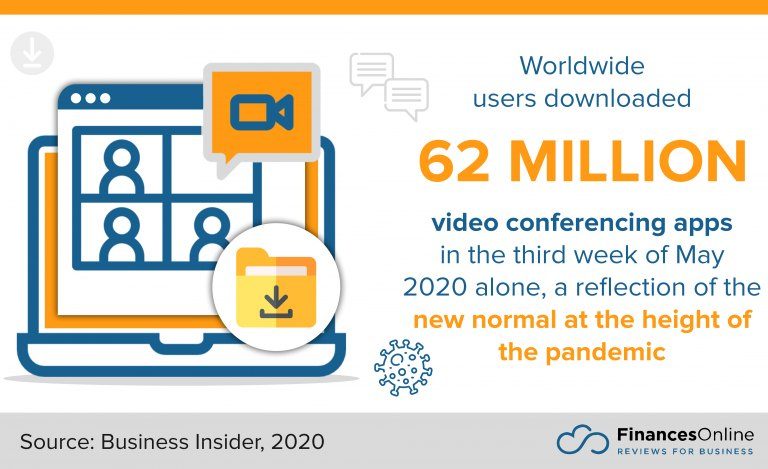
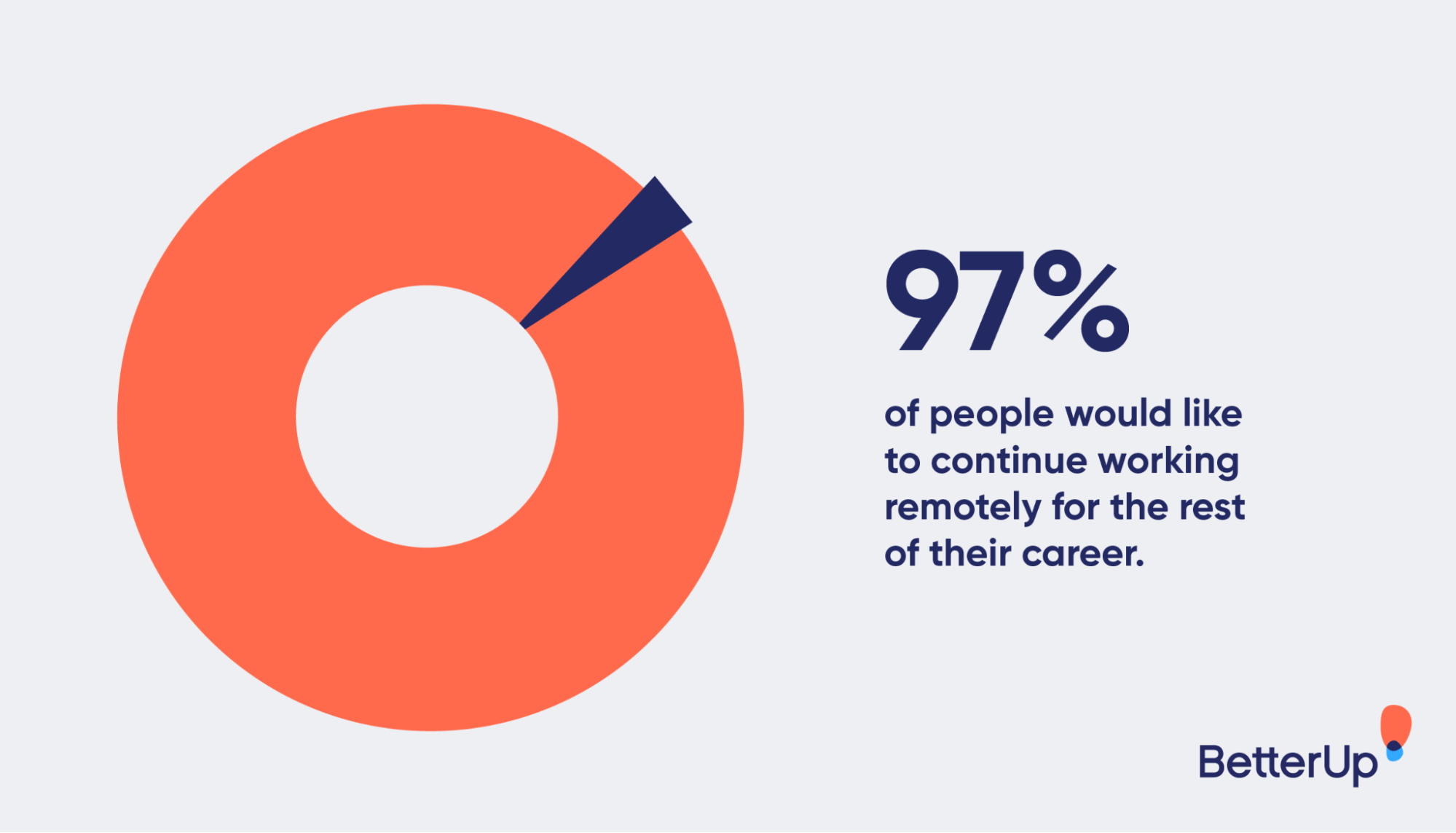
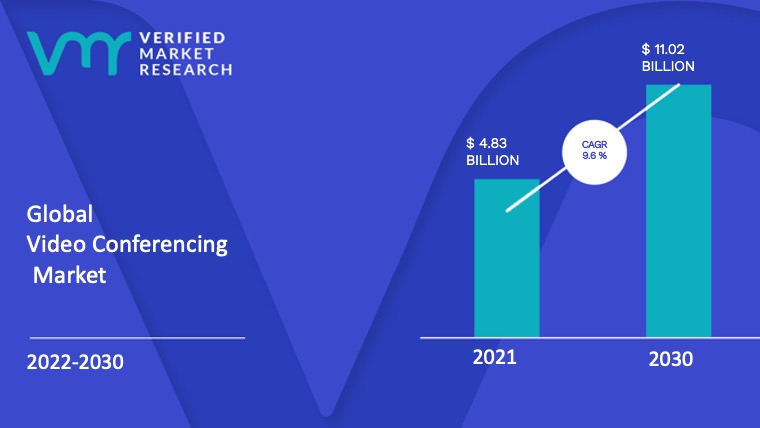
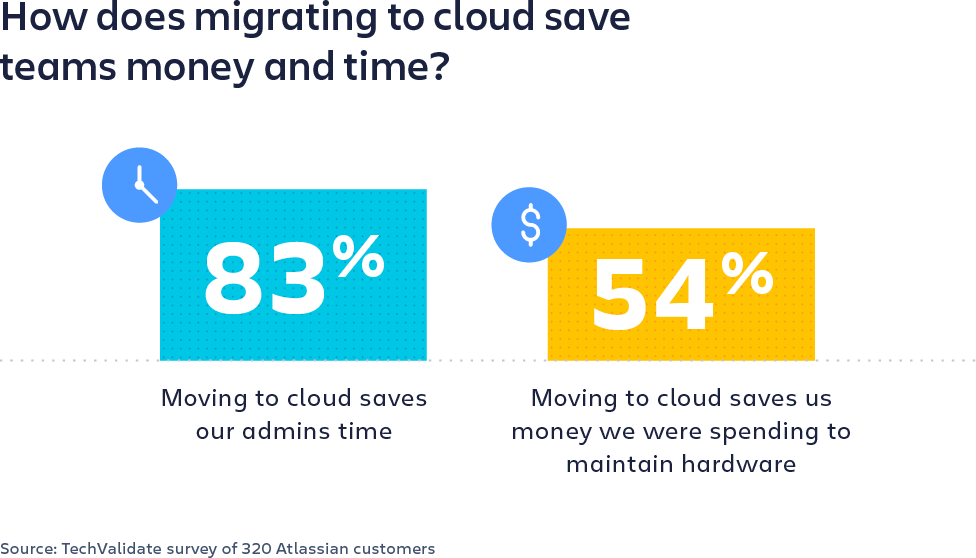
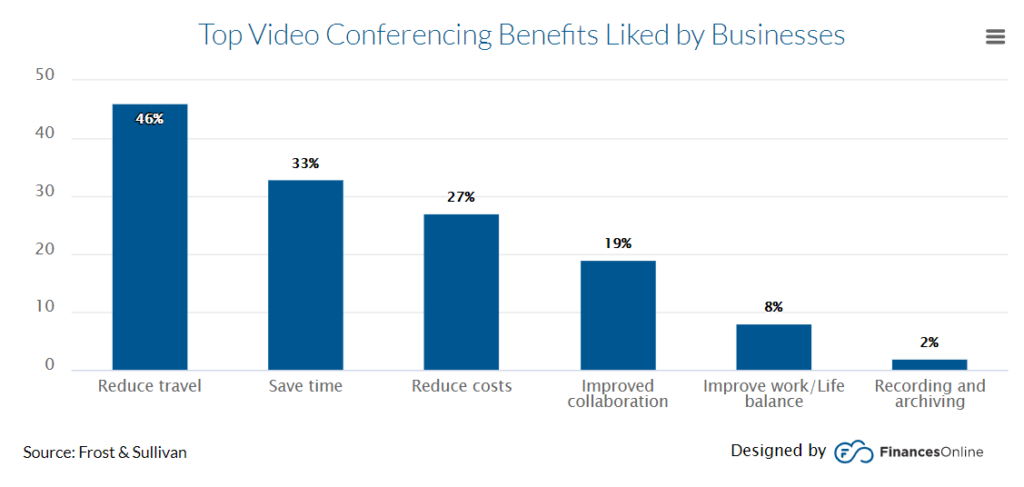






Comments